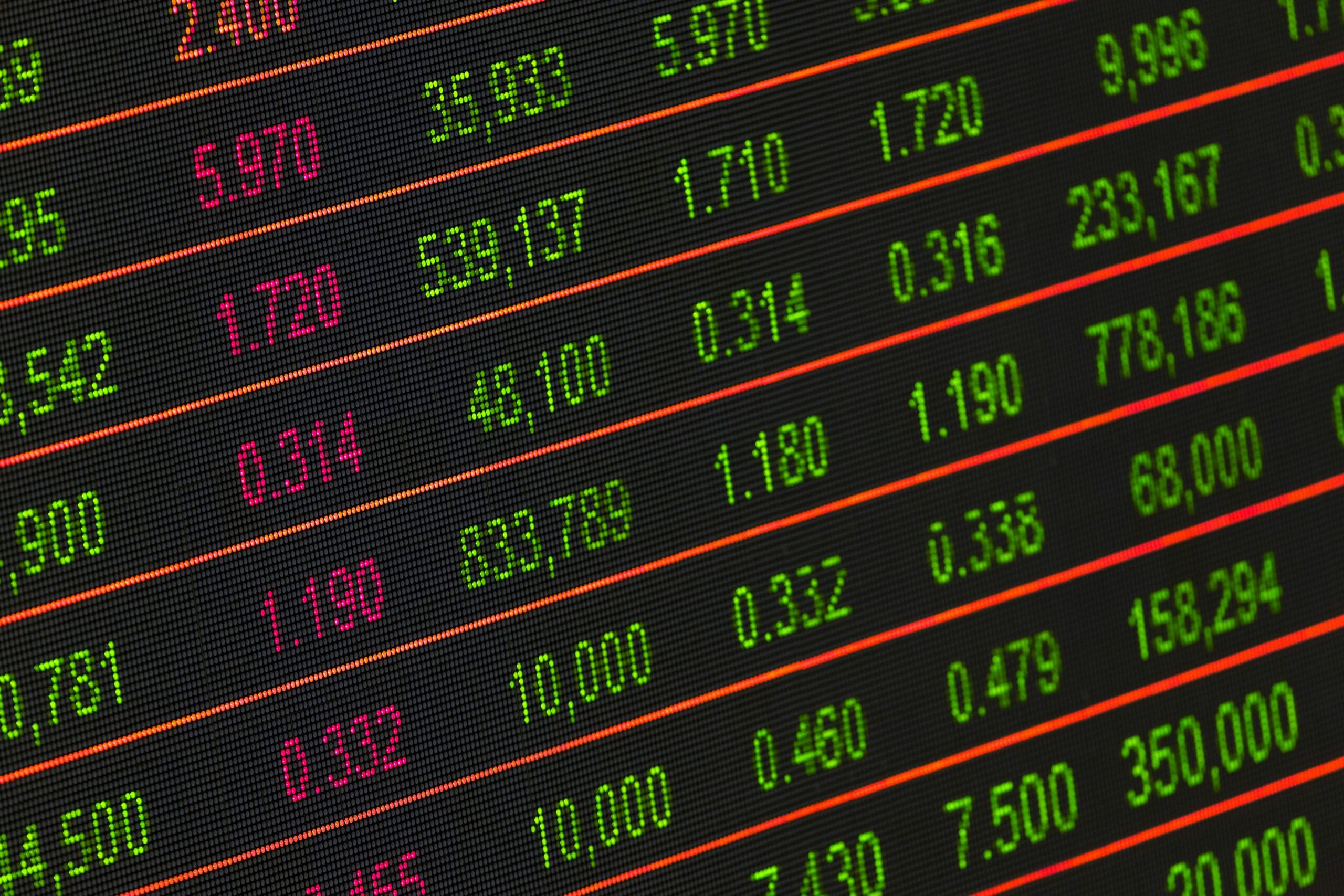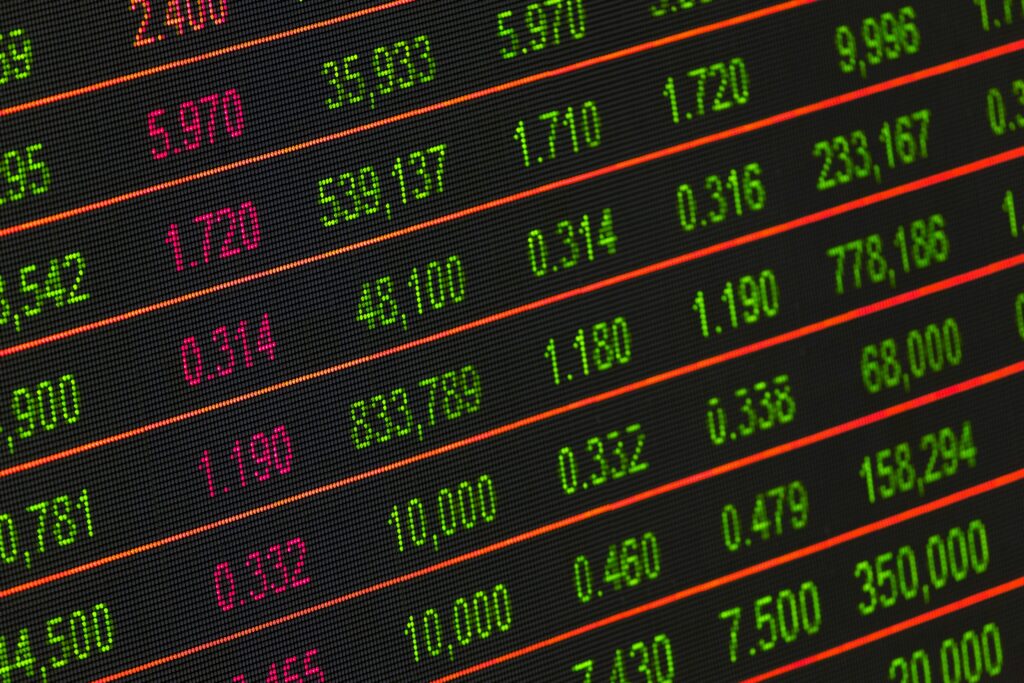
In the world of finance, the performance of currency derivatives can often reflect broader economic trends and investor sentiment. One such derivative that has recently garnered attention is the Minidólar with an expiration date in May, commonly referred to by its ticker WDOK25. As of the last trading session, WDOK25 experienced a significant increase of 3.69%, closing at a value of 5,870.00. This article delves into the factors contributing to this surge, the implications for investors, and the broader economic context surrounding the Minidólar.
What is the Minidólar?
The Minidólar is a financial instrument designed specifically for investors who wish to speculate on the future value of the U.S. dollar (USD) in relation to the Brazilian real (BRL). This instrument is especially popular among traders and investors who are looking to hedge against potential fluctuations in currency exchange rates or to take advantage of predicted movements in the foreign exchange market.
Essentially, the Minidólar allows investors to engage in trading activities that reflect their expectations of how the value of the U.S. dollar will perform compared to the Brazilian real. Given the importance of currency valuation in global trade and investment, this instrument provides a crucial tool for managing financial risk.
For example, if an investor believes that the dollar will strengthen against the real, they might purchase a Minidólar contract to profit from this anticipated appreciation. Conversely, if they expect the dollar to weaken, they could sell their contracts or take a short position.
One specific contract associated with the Minidólar is indicated by the ticker WDOK25, which represents a particular contract with a maturity date set for May. Investors must pay close attention to the expiration date of such contracts, as this can significantly impact their potential returns and trading strategies. Overall, the Minidólar serves as an essential mechanism for those looking to navigate the complexities of currency trading and manage their exposure to exchange rate risk effectively.
Recent Performance and Market Sentiment
The recent surge of 3.69% in the WDOK25 contract can be attributed to a confluence of factors:
- Economic Indicators: Recent economic data releases, including inflation rates and employment statistics, have indicated a robust U.S. economy. Strong job growth and rising consumer spending can bolster the dollar’s value, leading to increased demand for Minidólar contracts.
- Monetary Policy Expectations: The Federal Reserve’s stance on interest rates plays a significant role in currency valuation. If the market anticipates that the Fed will maintain or increase interest rates, the dollar may strengthen further. The recent comments from Federal Reserve officials suggesting a hawkish approach to monetary policy have likely fueled optimism among investors.
- Geopolitical Factors: Political stability and economic performance in Brazil also weigh heavily on the performance of the Minidólar. Recent developments, such as government reforms and efforts to stabilize the economy, may enhance investor confidence in the Brazilian market, affecting the real’s performance against the dollar.
- Speculation and Trading Volume: Increased trading volume and speculative activities can amplify price movements. As investors react to news and economic data, the demand for WDOK25 may surge, contributing to its rapid appreciation.
Implications for Investors
For investors holding or contemplating investments in WDOK25, the recent performance presents both opportunities and risks:
- Opportunities: The surge in WDOK25 could indicate a continued upward trend, providing potential profits for those who buy into the contract at this time. Investors looking to hedge against a strengthening dollar may find this an attractive option.
- Risks: However, the volatility inherent in currency derivatives means that investors must exercise caution. Rapid price movements can lead to significant losses if the market reverses. Additionally, external factors such as geopolitical tensions or unexpected economic data releases could quickly alter market sentiment.
Technical Analysis of WDOK25
To better understand the recent price movement, a technical analysis of WDOK25 can provide insights into potential future trends. Key indicators to consider include:
- Support and Resistance Levels: Identifying key support and resistance levels can help investors determine potential entry and exit points. A breakout above resistance could signal further upward movement, while a failure to hold above support may indicate a reversal.
- Volume Trends: Analyzing trading volume alongside price movements can provide insight into the strength of the current trend. Increasing volume during price increases suggests strong investor interest, while declining volume may indicate weakening momentum.
- Moving Averages: Employing moving averages can help smooth out price data and identify trends. A crossover of shorter-term moving averages above longer-term averages could signal a bullish trend, while the opposite may indicate bearish sentiment.
In conclusion, the recent uptick of 3.69% in the Minidólar WDOK25, culminating at a closing price of 5,870.00, highlights the volatile and multifaceted landscape of currency derivatives. This surge reflects a confluence of various factors, including economic indicators, shifts in monetary policy, geopolitical events, and speculative trading behaviors.
Investors should approach this market with a balanced perspective, recognizing both the potential for profit and the risks associated with volatility. A strategic combination of fundamental and technical analysis will be crucial in navigating the complexities of the Minidólar market. By staying informed and adaptable, investors can better position themselves to seize opportunities while managing potential pitfalls.
